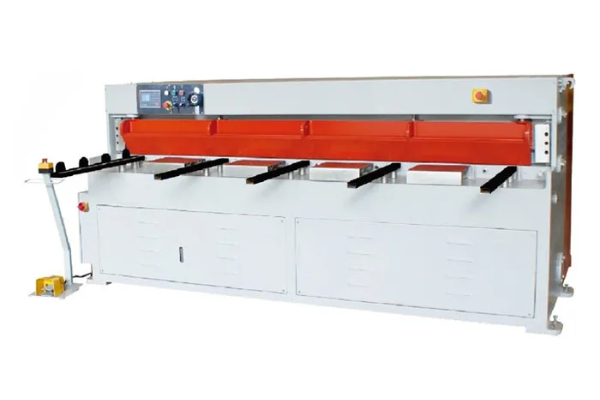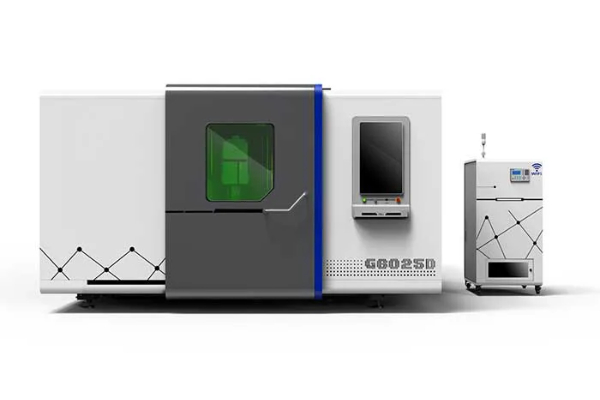
The Ultimate Guide to Metal Plate Bending Machines
- By:Metmac
- 2024-08-29
- 126
The Ultimate Guide to Metal Plate Bending Machines: Unleash the Power of Precision
In the realm of metal fabrication, where precision and power collide, metal plate bending machines reign supreme. These formidable tools empower engineers and manufacturers to manipulate metal sheets with unmatched accuracy, transforming them into intricate components that shape our world. This comprehensive guide will guide you through the vast capabilities and intricacies of metal plate bending machines, enabling you to harness their transformative prowess effectively.
Types of Metal Plate Bending Machines
The world of metal plate bending encompasses a diverse range of machines, each tailored to specific applications. From the compact hydraulic press brakes ideal for small-scale operations to the colossal CNC-controlled bending rolls that tackle mammoth sheets, the choice depends on the scale and complexity of your project.
Mechanics Behind Metal Plate Bending
Metal plate bending involves applying precisely controlled force to deform and shape metal sheets. The bending process occurs along a defined bending line, and machines leverage various techniques to achieve the desired curvature. Roll bending, for instance, utilizes rotating rolls to gradually bend the sheet over a specific radius, while press braking employs a punch and die to make sharper bends.
Factors Influencing Bending Accuracy
Achieving impeccable bending accuracy demands meticulous attention to several key factors:
Machine Calibration: Precise calibration ensures that the bending angle and radius conform to specifications.
Material Properties: The thickness, hardness, and grain orientation of the metal sheet can influence the bending process.
Tool Selection: The choice of bending tool (punch and die or bending rolls) depends on the desired bend profile and material characteristics.
Operator Expertise: Skilled operators possess the knowledge and experience to optimize machine settings and handle complex bending tasks with precision.
Choosing the Right Machine for Your Needs
Selecting the appropriate metal plate bending machine is crucial for achieving optimal results. Consider the following criteria:
Capacity: Determine the maximum sheet thickness and length you need to bend.
Bend Radius: Calculate the smallest radius you need to achieve in your fabrication projects.
Material Requirements: Identify the types of metal you will be bending and their specific properties.
Budget: Establish a realistic budget that aligns with your machine requirements and production goals.
Conclusion
Mastering the art of metal plate bending opens up a world of possibilities in metal fabrication. By understanding the different machine types, bending mechanics, and factors influencing accuracy, you can harness the power of these machines to create precision components and bring your designs to life. As you embark on this journey, remember that every bend is an opportunity to showcase your skill and ignite innovation in your metalworking endeavors.
-
Advanced Sheet Metal Rolling, Cutting, and Folding Machines for Efficient Fabrication
2025/10/22 -
High-Precision Sheet Metal Bending and Cutting Solutions for Modern Manufacturing
2025/10/22 -
High-Precision Solutions from Leading Sheet Metal Cutting Machine Manufacturers
2025/09/11 -
Reliable Sheet Metal Equipment for Sale to Support Precision Fabrication
2025/07/17
-
Advanced Sheet Metal Rolling, Laser Cutting, and Folding Machines for Precision Fabrication
2025/10/31 -
High-Performance Sheet Metal Bending and Cutting Machines for Modern Fabrication
2025/10/31 -
High-Quality Sheet Metal Equipment for Sale: Efficient Solutions for Modern Manufacturing
2025/10/31 -
High-Performance Sheet Metal Equipment for Sale: Forming and Shearing Solutions for Modern Fabrication
2025/10/22
-
A Guide to the Latest Innovations in Sheet Metal Folding Machines
2024/11/29 -
Key Features to Consider When Investing in a Sheet Metal Folding Machine
2024/11/28 -
Enhancing Precision with Advanced Sheet Metal Folding Machines
2024/11/27 -
How to Choose the Right Sheet Metal Folding Machine for Your Workshop
2024/11/26






